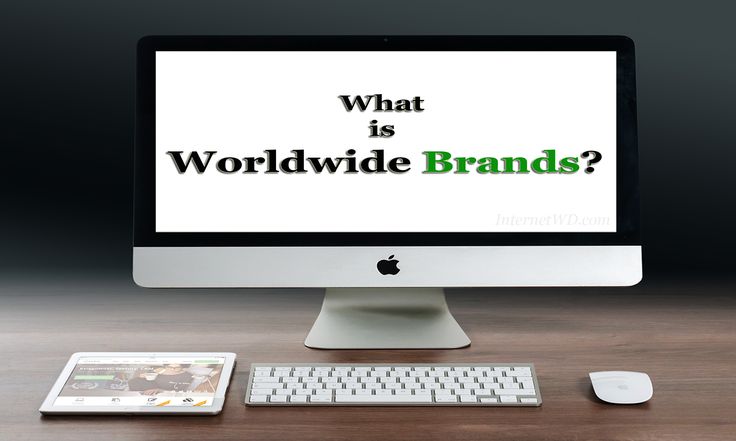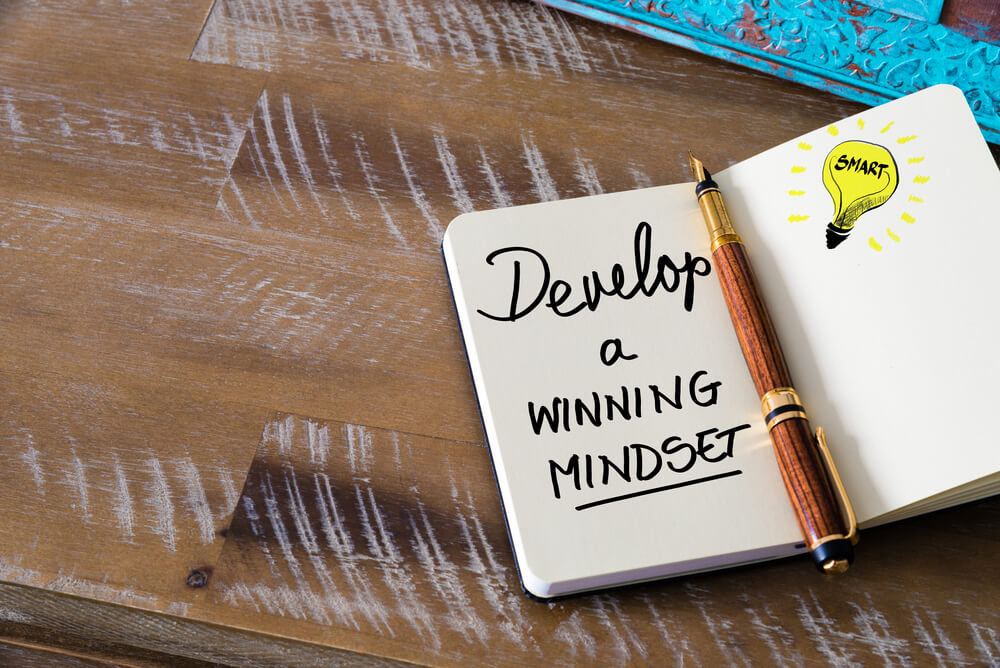Hardwood flooring can transform an average room into a strikingly beautiful room. Dramatic and elegant or rustic and comforting, bare wood flooring lends a spacious feel to any room. Standard hardwood flooring is physically connected independently to the sub-flooring via nails, glue, or wood staples. Each piece reacts to environmental factors—heat and humidity independently and can cause splintering or swelling. Unfortunately, if it’s not installed correctly, it can also crack, break, or even explode due to the lack of reaction space allotted. Proper care, however, can eliminate many of the conditions that lead over time to those extreme conditions.Floating wood flooring is connected only to the piece or pieces to the side, not to the underlying cushioned surface.
When floating hardwood flooring expands or shrinks from natural reaction to its environment, the connected flooring shifts as one piece from side to side, giving the flooring type its biggest advantage.Floating wood flooring is connected only to the piece or pieces to the side, not to the underlying cushioned surface.
Growing in popularity, many floating surfaces can be installed by both professionals and by homeowners using any of the choices available:
* Glue Together: The original floating wood flooring, stripes or drops of glue were placed either along the inserted tongue or in the receiving groove and pressed together and tapped into place.
* Click Together: Still using the tongue and groove method, the planks simply click together with the next piece like a puzzle but do not use glue, nails, or staples. Thicker click planks often require additional effort to ensure a proper fit. Careless pressure can damage the tongue or groove.
* Lock and Fold: Instead of inserting a tongue into a narrow groove to secure pieces together, lock and fold wood flooring overlap and fold together. Still providing a snug fit to the neighboring piece, lock and fold is extremely easy to install.
* Narrow Boards: present a more formal appearance, especially when the boards are longer in length.
* Wide Boards: present a casual, relaxed appearance. Usually at least four inches wide, the planks can be of varied or uniform length. A rustic appearance is presented with coordinated but differing lengths and with a knot pattern in the wood.
* Parquet Boards: Most often in squares, a parquet appearance is gained by contracting grain patterns from block to block or board to board. The contrast can be horizontal to vertical or on opposing diagonals. Depending on the type of wood and its darkness, parquet presents an eye-catching, dramatic touch to any room.
High humidity, dry heat, and traffic wear can affect the type you may choose, but with proper care, it can add elegance, beauty, and satisfaction for decades.
Cleaning Porcelain Tile Flooring
Porcelain is a material that is preferred by many homeowners for flooring because of its easy-to-clean properties. Keep in mind though that this doesn’t mean regular cleaning isn’t an option. Porcelain is still susceptible to wear and tear, and it’ll be a waste if the beauty of the material is not allowed to accentuate your home.
Porcelain flooring come in three types: polished, unpolished and textured. Each one has its own unique properties that require a specific cleaning method to keep it free from dirt. The following is a break down of all porcelain flooring types and the preferred cleaning method for each.
Cleaning Polished Porcelain Flooring
Sweep the dust off the floor using an untreated dry dust mop. Don’t use the broom for it can damage the polish from the porcelain tile. Pour a quarter of cleaning solution in a bucket, add hot water and stir the solution briskly. Dip the dry dust mop inside the bucket and sweep the surface of the porcelain flooring that needs cleaning. Once you have applied the solution evenly on the surface, wipe it using a clean rag until there’s no sign of lather from the porcelain flooring. Do the same procedure for the whole expanse of the porcelain flooring.
Cleaning Unpolished Porcelain Flooring
Relocate your furniture to a different location in the house in order to prevent any hindrances in cleaning. Mix some non-bleach cleaning solution with hot water inside a bucket. Using a mop, apply the solution evenly on the unpolished porcelain flooring. Leave the solution for 5-10 minutes, but don’t leave it to dry. Wipe the solution with a clean soft brush then sweep it again with the mop using just plain water this time. Remember to start with small areas to ensure that the cleaning is progressive. Repeat the procedure on the remaining areas and then leave them to dry.
Cleaning Textured Porcelain Flooring
This type of flooring requires more vigorous cleaning because of its ripples and bumps. The first thing to do is to sweep and vacuum the floor to get rid of dust and grit. Sweep or vacuum the floor in two directions to ensure thorough cleaning. Once that’s been taken care of, mix a detergent solution or any kind of neutral solution with hot water and wipe the floor with the mixture using a hard bristled brush (use a soft bristled one for non-durable tiles). Leave the solution for 5-10 minutes then dab the flooring with a napkin and pat them until it becomes dry.
Additional Tips For General Cleaning And Maintenance
As with any floor surface, additional precautions and regular cleaning have to be administered to keep it looking shiny and pleasing to look at. Here are the supplementary tips on caring for porcelain tile flooring.
• Do not allow people wearing dirty shoes to step on the tiles.
• Do not use ammonia-based cleaning solutions or cleaners with bleach or acidic properties or they could damage the porcelain tiles.
• Sweep the floor or vacuum it at least twice a week.
• Place a rug outside the door to prevent grit from being carried over to the porcelain tile flooring.
Discover more from Personal Blog of Richard Tong
Subscribe to get the latest posts sent to your email.




